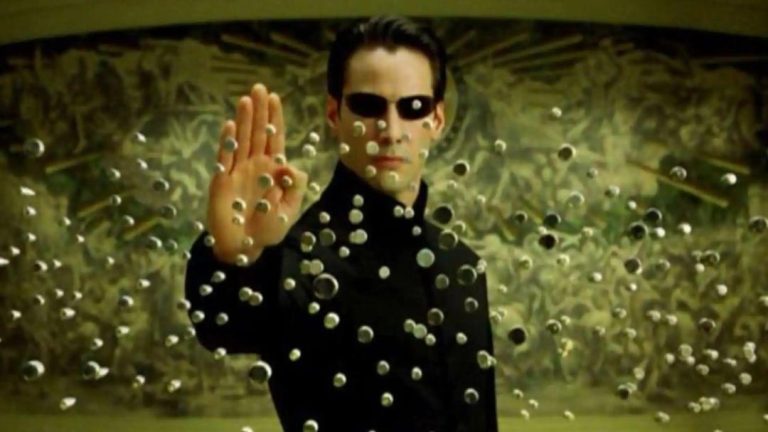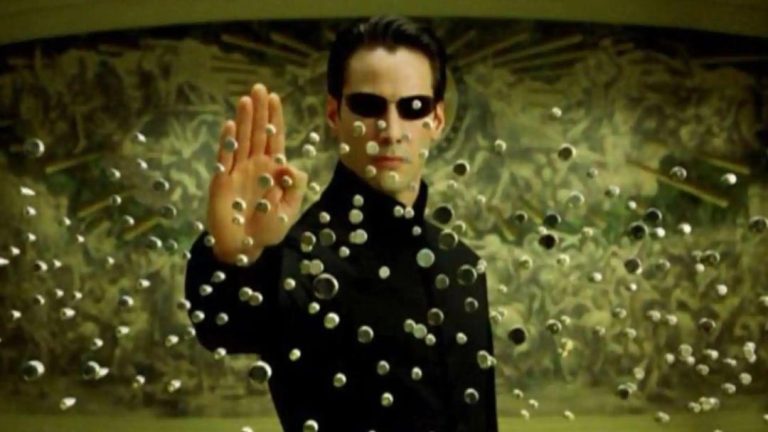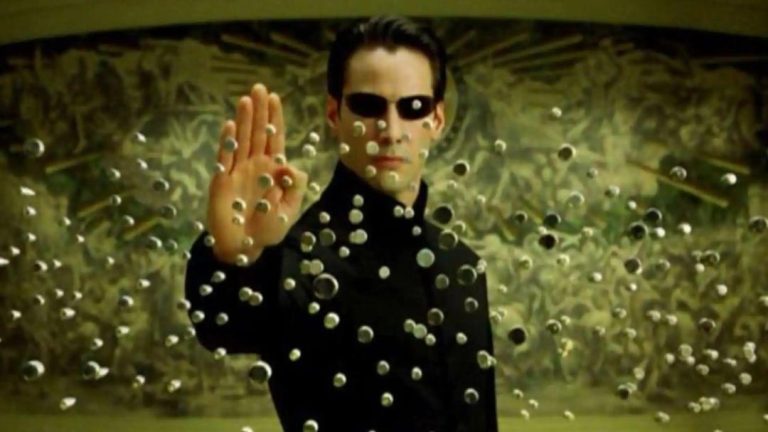
Mobile-First Design Becomes Must-Have in Media and Entertainment
The way people consume media has undergone a significant transformation in recent years. With the widespread adoption of smartphones and mobile devices, over 70% of media consumption now takes place on mobile. This shift has forced entertainment brands to rethink their approach to digital platforms, prioritizing mobile-first design to stay ahead of the competition.
In the past, designing for mobile was often an afterthought, with desktop experiences serving as the primary focus. However, this approach is no longer viable. As the number of mobile users continues to grow, entertainment brands that fail to deliver a seamless and engaging mobile experience risk losing out on a significant portion of their audience.
In this blog post, we’ll explore the key elements of mobile-first design in the media and entertainment industry, including vertical-first video formats, gesture-based navigation, and real-time responsiveness across screen sizes. We’ll also examine the importance of prioritizing mobile design and the potential consequences of neglecting this critical aspect of digital strategy.
Vertical-First Video Formats
One of the most significant changes in mobile-first design is the shift towards vertical-first video formats. Traditional horizontal video formats are no longer suitable for mobile devices, where users are more likely to consume content in portrait mode. Vertical video formats, on the other hand, are designed to take advantage of the mobile screen, providing a more immersive and engaging experience for viewers.
Vertical-first video formats are particularly well-suited for platforms like TikTok, Snapchat, and Instagram, where users are accustomed to consuming bite-sized, vertically-shot content. Entertainment brands can leverage these platforms to create short, engaging videos that capture users’ attention and drive brand awareness.
Gesture-Based Navigation
Another key aspect of mobile-first design is the use of gesture-based navigation. As mobile devices have evolved, so too have the ways in which users interact with them. Gestures like swiping, tapping, and scrolling have become second nature, and entertainment brands can leverage these interactions to create more intuitive and user-friendly experiences.
Gesture-based navigation is particularly important in media and entertainment, where users often need to quickly navigate through complex content menus or search for specific titles. By incorporating gestures into their design, entertainment brands can reduce friction and improve user engagement.
Real-Time Responsiveness Across Screen Sizes
Real-time responsiveness is critical in mobile-first design, as it allows entertainment brands to adapt their content and layouts to different screen sizes and devices. This is particularly important in an era where users are increasingly accessing content on a range of devices, from smartphones and tablets to smart TVs and gaming consoles.
By incorporating real-time responsiveness into their design, entertainment brands can ensure that their content looks and feels great on any device, regardless of screen size or resolution. This not only improves the user experience but also reduces the risk of content being distorted or displayed in a way that’s not optimized for the device.
Prioritizing Mobile Design
The importance of prioritizing mobile design cannot be overstated. With over 70% of media consumption now taking place on mobile, entertainment brands that fail to deliver a great mobile experience risk losing out on a significant portion of their audience.
In addition to the benefits of mobile-first design mentioned above, prioritizing mobile design can also help entertainment brands:
- Increase user engagement and retention
- Improve conversion rates and drive revenue
- Enhance brand reputation and loyalty
- Stay ahead of the competition and establish a leadership position in the market
The Consequences of Neglecting Mobile Design
On the other hand, neglecting mobile design can have serious consequences for entertainment brands. Some of the potential risks include:
- Reduced user engagement and retention
- Decreased conversion rates and revenue
- Negative brand reputation and loyalty
- Failure to stay relevant in the market and being left behind by competitors
In an era where mobile is increasingly dominant, entertainment brands that fail to prioritize mobile design risk being left behind. By incorporating vertical-first video formats, gesture-based navigation, and real-time responsiveness into their design, entertainment brands can create engaging and user-friendly experiences that drive user adoption and loyalty.
Conclusion
In conclusion, mobile-first design is no longer a nice-to-have in the media and entertainment industry – it’s a must-have. As the number of mobile users continues to grow, entertainment brands that fail to deliver a seamless and engaging mobile experience risk losing out on a significant portion of their audience.
By prioritizing mobile design and incorporating vertical-first video formats, gesture-based navigation, and real-time responsiveness into their design, entertainment brands can create experiences that drive user engagement, retention, and revenue. In an era where mobile is increasingly dominant, the message is loud and clear: if your platform doesn’t deliver a great mobile experience, it risks losing the next billion users.
Source:
https://www.growthjockey.com/blogs/website-and-app-experiences-media-and-entertainment





